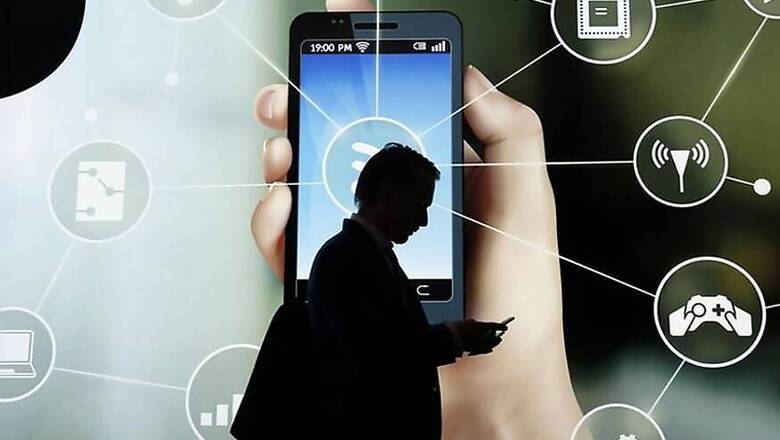
views
Researchers have demonstrated that deep learning, a powerful form of artificial intelligence (AI), can discern and enhance microscopic details in photos taken by smartphones to such an extent that they can match the quality of images from laboratory-grade microscopes. The advance, detailed in the journal ACS Photonics, could help bring high-quality medical diagnostics into resource-poor regions, where people otherwise do not have access to high-end diagnostic technologies.
Also Read: Russian Court Blocks Telegram Messaging App
The technique uses attachments that can be inexpensively produced with a 3-D printer, the study said. "Using deep learning, we set out to bridge the gap in image quality between inexpensive mobile phone-based microscopes and gold-standard bench-top microscopes that use high-end lenses," said one of the lead researchers Aydogan Ozcan, Professor at the University of California, Los Angeles, US.
Also Read: Facebook CEO Didn’t Have All The Answers For Congress
"We believe that our approach is broadly applicable to other low-cost microscopy systems that use, for example, inexpensive lenses or cameras, and could facilitate the replacement of high-end bench-top microscopes with cost-effective, mobile alternatives," Ozcan added. He said the new technique could find numerous applications in global health, telemedicine and diagnostics-related applications.
Cameras on today's smartphones are designed to photograph people and scenery, not to produce high-resolution microscopic images. So the researchers developed an attachment that can be placed over the smartphone lens to increase the resolution and the visibility of tiny details of the images they take, down to a scale of approximately one millionth of a metre.
But that only solved part of the challenge, because no attachment would be enough to compensate for the difference in quality between smartphone cameras' image sensors and lenses and those of high-end lab equipment. The new technique compensates for the difference by using AI to reproduce the level of resolution and colour details needed for a laboratory analysis.
Also Watch: Xolo Era 3X Review: Ease-of-Use is The Biggest USP




















Comments
0 comment